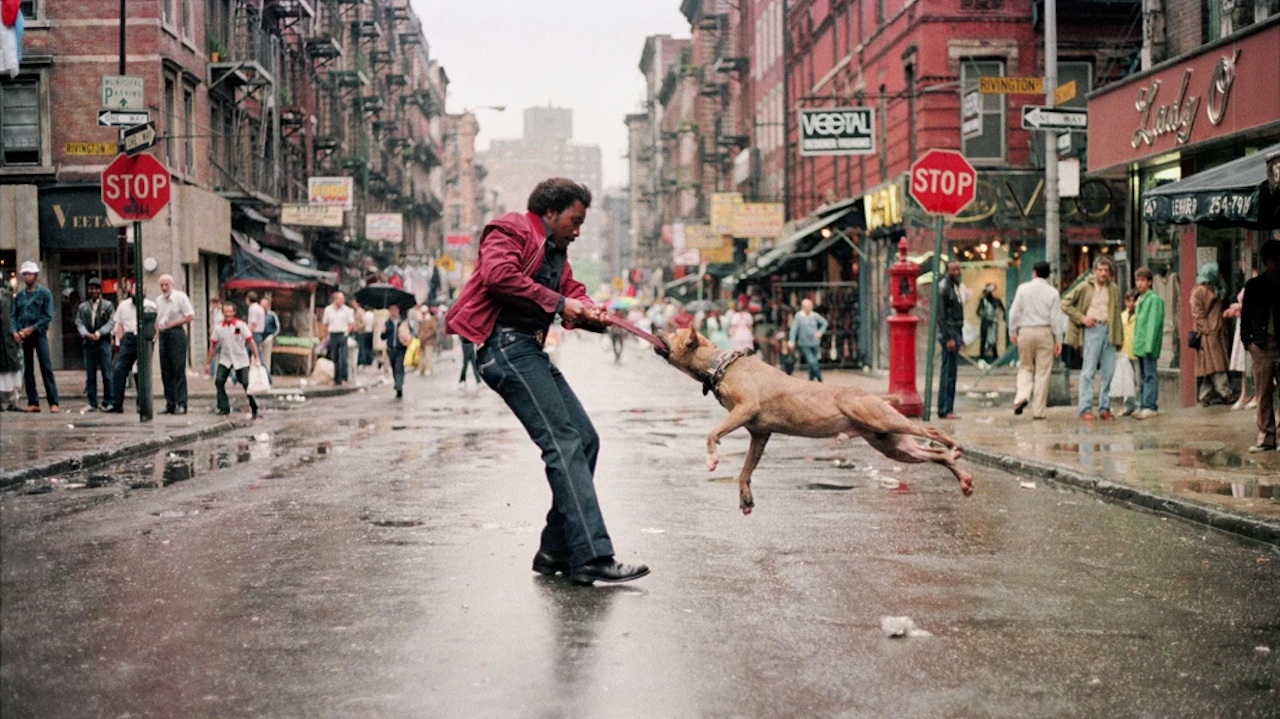Street Photographers - An Overview
Street Photographers - An Overview
Blog Article
Some Known Details About Street Photographers
Table of ContentsIndicators on Street Photographers You Need To KnowRumored Buzz on Street PhotographersThe 7-Second Trick For Street PhotographersStreet Photographers for DummiesThe Definitive Guide for Street Photographers
Street professional photographers do not necessarily have a social objective in mind, yet they choose to isolate and catch moments which might otherwise go undetected.Though he was influenced by much of those that affected the street photographers of the 1950s and '60s, he was not mainly thinking about catching the spirit of the street. The impulse to visually document people in public began with 19th-century painters such as Edgar Degas, douard Manet, and Henri de Toulouse-Lautrec, who functioned side by side with photographers attempting to capture the significance of metropolitan life.

Given the fine quality of his photographs and the breadth of material, engineers and artists typically got Atget's prints to make use of as recommendation for their own work, though commercial rate of interests were hardly his major inspiration. Instead, he was driven to picture every last residue of the Paris he liked.
Street Photographers Fundamentals Explained
They expose the city via his eyes. His work and fundamental understanding of digital photography as an art form served as inspiration to generations of photographers that complied with. The following generation of street digital photographers, though they likely did not refer to themselves because of this, was introduced by the photojournalism of Hungarian-born professional photographer Andr Kertsz.
Unlike his peers, Brassa utilized a larger-format Voigtlnder camera with a much longer exposure time, forcing him to be a lot more computed and thoughtful in his technique than he could have been if utilizing a Leica.
Cartier-Bresson was a champion of the Leica camera and among the very first professional photographers to maximize its capabilities. The Leica permitted the digital photographer to interact with the surroundings and to catch moments as they occurred - Street Photographers. Its fairly small size also assisted the digital photographer discolor into the Extra resources background, which was Cartier-Bresson's favored approach
Not known Factual Statements About Street Photographers
It is since of this basic understanding of the art of image taking that he is usually credited with discovering the medium around once more roughly a century since its invention. He took pictures for even more than a half century and affected generations of professional photographers to trust their eye and read the article intuition in the minute.
These are the questions I will attempt to answer: And afterwards I'll leave you with my own definition of road digital photography. Yes, we do. Let's start with defining what a meaning is: According to it is: "The act of specifying, or of making something guaranteed, unique, or clear".
No, most definitely not. The term is both restricting and misdirecting. Seems like a street photography ought to be images of a streets ideal?! And all street photographers, other than for a little number of outright newbies, will completely appreciate that a street is not the key element to road digital photography, and really if it's a photo of a street with maybe a couple of uninteresting individuals doing nothing of interest, that's not street digital photography that's a picture of a road.
He makes about his a valid factor don't you think? Nonetheless, while I agree with him I'm not certain "honest public digital photography" will certainly catch on (although I do kind of like the term "candid digital photography") since "road photography" has actually been around for a long period of time, with many masters' names affixed to it, so I believe the term is here to stay.
Some Known Details About Street Photographers
You can fire at the coastline, at a celebration, in an alley, in a park, in a piazza, in a coffee shop, at a museum or art gallery, in a city station, at an occasion, on a bridge, under a bridge ...
Yes, I'm afraid we scared no choice! Without rules we can not have a definition, and without an interpretation we don't have a style, and without a category we do not have anything to define what we do, and so we are stuck in a "regulations meaning style" loop! - Street Photographers
Not known Details About Street Photographers

Report this page